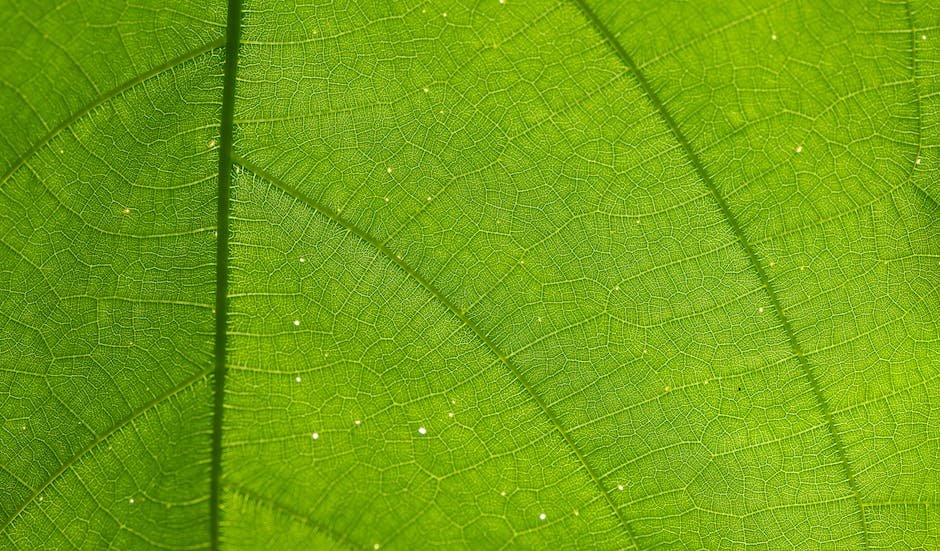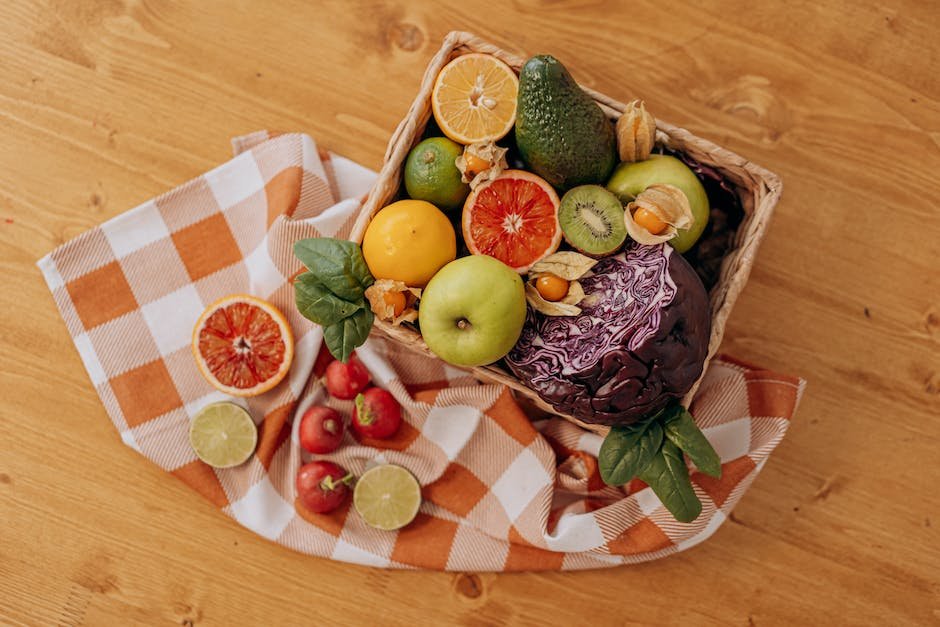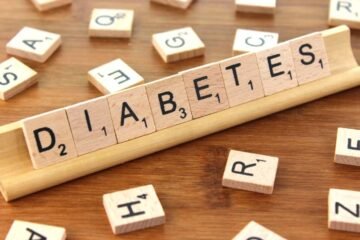When you are preparing a vaccine, one of the most important numbers to know is how many millilitres (ml) of liquid your vaccinate contains. This information comes from either the bottle or sleeve that it’s administered in, but more importantly, depending upon what vaccine you are giving, how much time has passed since it was prepared, and whether it needs to be refrigerated or not!
All vaccines must contain at least a diluent (liquid carrier) like saline or water, and sometimes there is a preservative added as well. The amount of each ingredient in a vaccine can vary slightly between different manufacturers, or even within a single batch. It is very important to check this before vaccination!
This article will go into detail about the differences among various types of vaccine carriers, and some easy ways to determine the ml content of a given vaccine. Hopefully you will now feel more confident when trying to calculate how much vaccine you need for vaccinations!
Disclaimer
The contents of this page should be used to help educate patients about medical topics and diseases. These pages and articles are meant to provide basic health information which may or may not apply to a person seeking individualized advice.
These links have been selected by our Editorial Team because they believe they offer reliable, quality information needed by individuals to make smart choices regarding wellness and disease prevention.
However, MedicalExchange.com does not endorse any specific product or service.
Conversion of milliliters to other volume measurements
The most common way to determine how many ml an ingestible product contains is by looking it up online or through your local health department or pharmacy. Most websites will have recipes that contain the ingredient, so you can compare those to see what size container they use and how much liquid they need for the recipe.
Other ways to find this information include looking at the instructions or table of contents on the back of the package, talking with people who know about such products, or using math.
By figuring out how much space the ingredients take up when measured together, and knowing the density of each ingredient, we are able to calculate the amount of fluid the mixture occupies. We then divide that number into the total amount of time it took to drink the product to get the final result!
Be sure to remember that some beverages may be counted as liquids even if they do not actually come from water. Examples of these types of drinks are soda, juice, and alcoholic beverages.
Approximate number of milliliters in common drinks

We do not recommend buying a bottle of drink that does not have an easy way to determine how many ml it contains. Most beverages contain either % alcohol or sugar, but not both!
If you are purchasing a beverage with no volume measurements, then we suggest using our table below as a guideline. Simply compare the total amount of content with your measuring device (e.g., drinking glass, cup) and calculate what size container that is for the given amount of liquid.
For more specific information, check out our article: How To Tell The Alcohol Content Of A Liquid.
Ways to determine the correct amount of alcohol in your drinks

When buying or consuming alcoholic beverages, it is important to know how many ml of alcohol are in each drink!
Alcohol content varies by beverage type and brand. For example, a vodka shot contains about half as much alcohol as a whiskey bottle top. One thing that can be tricky is measuring the size of the glass when serving yourself or others.
There are several ways to measure the amount of alcohol in a drink. The most common way is to use what’s known as a “percentage proof” method. This means that you compare the total liquid volume of the drink with the density (or specific gravity) of pure alcohol. Then, you multiply the ratio times the percentage of alcohol in regular drinking strength liquor or wine, and then add this value to the original measurement of alcohol in terms of percentages or milliliters.
For instance, if a drink has three tablespoons (more than triple the recommended amount for children!) of plain white sugar, then we would need to subtract one tablespoon from the total liquid contents of the drink.
Take your temperature before you drink

Now that we have a little more of an understanding of what makes up a shot, let’s talk about how many ml are in a given amount of liquid.
First things first – don’t trust the bottle! There is an average number of milliliters in one glass for mixed drinks, but none for shots. The reason is because people do not agree on what constitutes a “glass”.
A standard cup size used to measure liquids is the 10-ounce (or 250 mL) US container which does not always match up with other countries’ definitions of a fluid ounce. For example, 5 ounces (or 125 mL) equals 1 US pint (16 tablespoons or 2 cups). A pint in America is actually closer to 0.625 litres, so half of those would be our normal serving size.
Most medical professionals recommend only drinking as much liquid as you need to prevent you from feeling thirsty. Because water has some alcohol content, drinking more than needed could potentially add to your intoxication level. This can also cause dehydration if you overdrink.
Another important factor to consider is sugar content. Some alcoholic beverages contain added sugars which may contribute to rising blood glucose levels and potential health problems.
Know your signs of alcohol intoxication

The amount of liquid you drink can play an important role in whether or not you feel drunk. As mentioned before, one standard alcoholic beverage is 5 ml of pure alcohol per kg of body weight. So, to give some examples, if you are drinking two glasses of wine which each have about 2 tablespoons (0.5 fluid ounce) of wine in them, that is a total of 4 tablespoons (1 fluid ounce) for both drinks!
That is the equivalent of just under 6 ml of alcohol per kg of bodyweight! If you like this information, then you should know how many ml of alcohol you consume with every shot of liquor, beer, or other alcoholic beverages you drink. For example, if you drank three shots of whiskey, then you consumed an average of 9mls of alcohol per kg of bodyweight!
This could be very dangerous for people who are more sensitive to alcohol than others. An individual’s sensitivity to alcohol depends on several things such as their body type and genetics. Because of this, someone else may drink the same amount of alcohol as you and still feel less intoxicated than you would normally.
Go to bed early

Another important factor when it comes to shooting is how many ml of fluid you need to pour into your barrel per shot.
You can use an easier way to determine this by looking at the diameter of your bullets. If the bullet is larger than one millimeter, then you will want to add more liquid to ensure that it completely fills the groove and space of the rifle barrel.
If the bullet is smaller than one millimeter, then you do not have to worry about adding extra liquid because it will fill up any empty spaces automatically!
So what does all this mean? Well, for example, if your bullet is two millimeters in diameter, you would normally require twice as much powder to shoot the same amount of ammunition as someone with a bullet that was only a hundredth of a mm wide.
This is why people say that some brands of ammo are “less powerful” than others – they use different sized balls of powder! Luckily, we have information here on the best tips to improve your shooting skills.
Avoid alcohol and caffeine in the afternoon

When preparing a vaccine injection, how much liquid you have in your syringe can make a difference. You want to be as close to a full glass as possible when injecting so that there is enough fluid to cover the antigen of the vaccine.
If your vaccination schedule requires more than one shot, then having an adequate amount of liquid means different things depending on what time of day it is. For example, if you need both a pediatric and adult flu vaccine at noon, you will need twice as many injections because there are two sets of vaccines.
For children’s vaccinations, doctors usually give 1-2 ml for each injection. However, adults require 5ml per injection! Make sure to check with your doctor about which size syringes they use so you know what amount of liquid to order.
Avoid drinking anything carbonated or alcoholic after lunch due to their foam content. Both of these substances increase the volume of liquid in the syringe, making it less likely to completely fill up.
Eat your food before it reaches your mouth

It is very important to eat your meal prior to taking any liquid supplements or pills with you. This way, your digestive system has time to break down the components of the supplement or pill so they can be absorbed into your blood stream as needed.
Many people do not realize that there are different sizes of shots for liquids. A standard shot volume is 1 milliliter (ml), but some may be larger than that or have less content than that! For example, a 5 ml intravenous vitamin solution will only contain 4 ml of fluid per person.
There are even boli vaccines where only a drop of medicine goes in one area of the body, making sure you know what size bottle you receive to ensure enough medication was given to you.


















